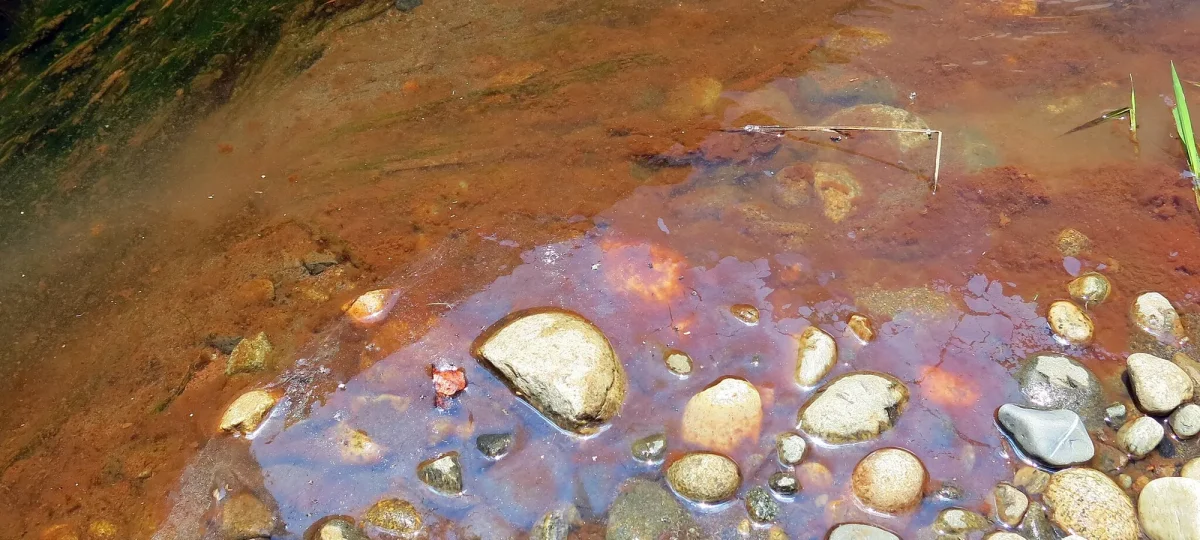Toxic Tide: How a River's Cry Exposes the Dark Side of Critical Mineral Extraction

As the world races towards a cleaner energy future, the demand for critical minerals has surged dramatically. Driven by ambitious climate goals set forth in the Paris Agreement, countries and industries are increasingly relying on rare earth elements and strategic minerals to power the green revolution.
However, this transition comes with a complex and often overlooked environmental price tag. Mineral-rich regions, typically located in ecologically sensitive and socially vulnerable areas, are bearing the brunt of this extractive boom. These communities find themselves at the intersection of global climate ambitions and local environmental preservation.
The newly introduced 2024 Guiding Principles on Critical Energy Transition Minerals aim to address these challenges, seeking to balance the urgent need for clean energy resources with sustainable and ethical extraction practices. By establishing comprehensive frameworks, these principles represent a critical step towards more responsible mineral sourcing and development.
As the world continues to reimagine its energy landscape, the delicate balance between technological progress and environmental stewardship remains a paramount concern. The journey towards a sustainable future demands not just innovative technologies, but also a nuanced understanding of the complex ecological and social ecosystems impacted by our global energy transition.
